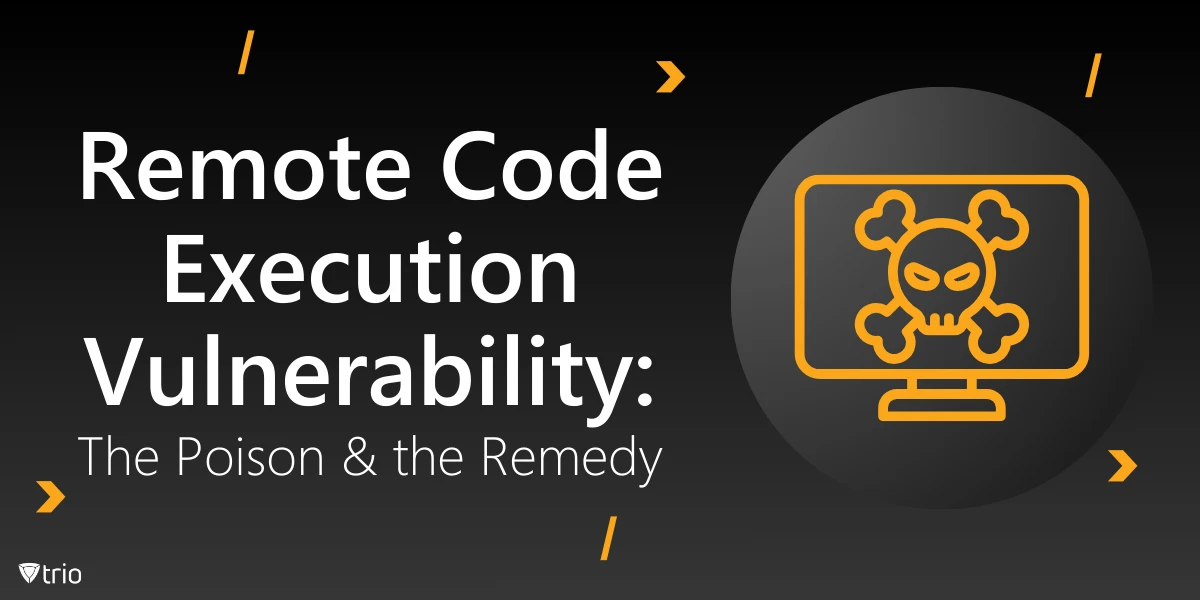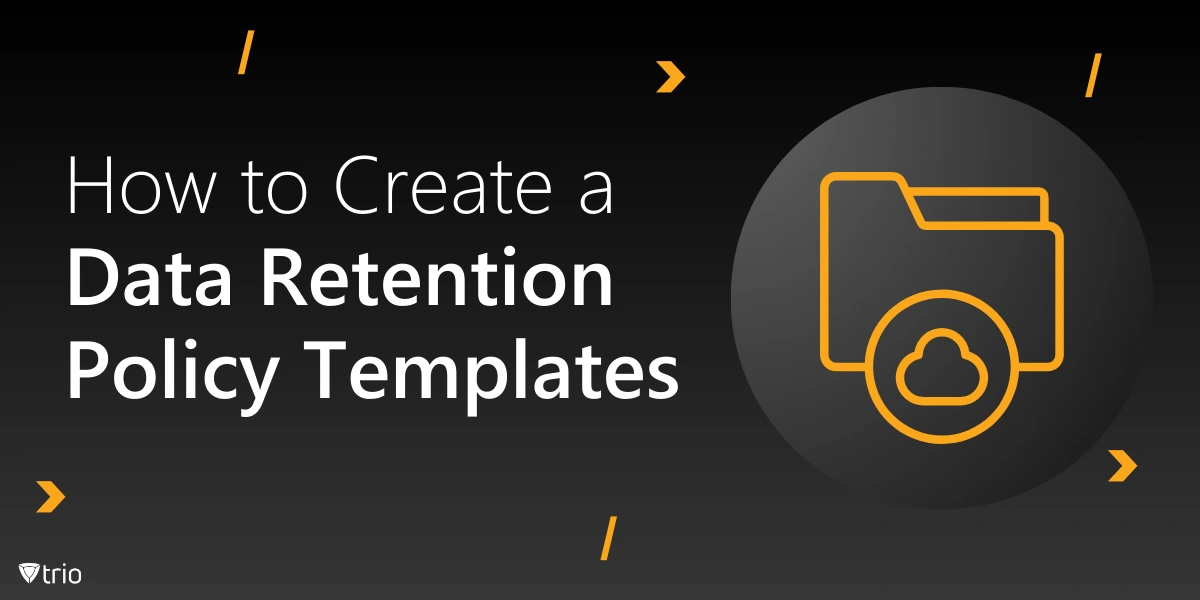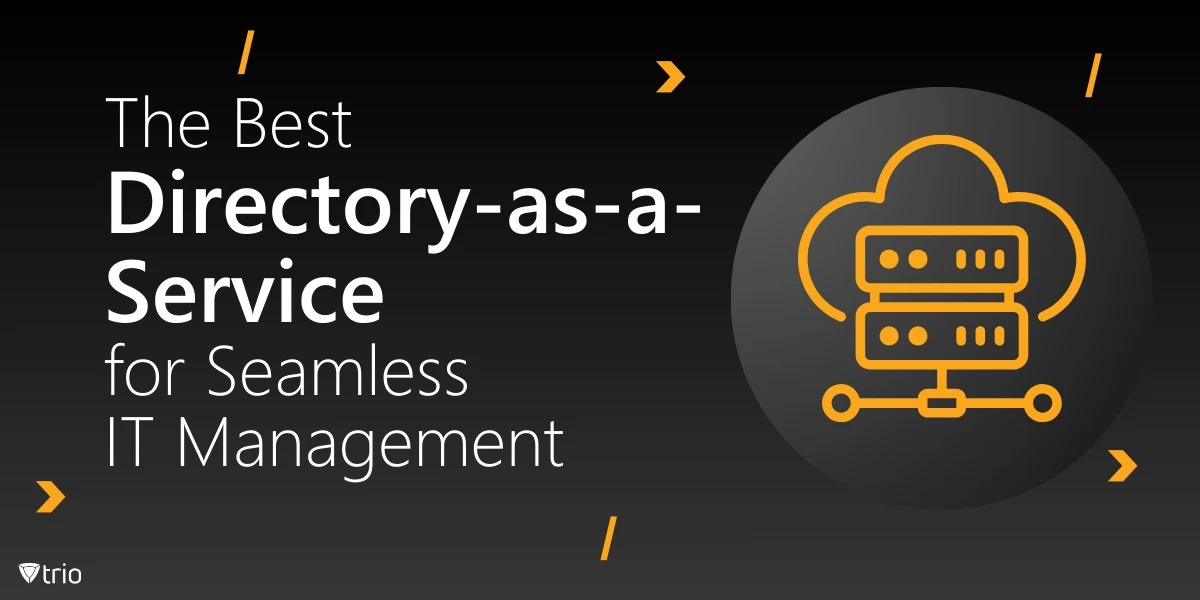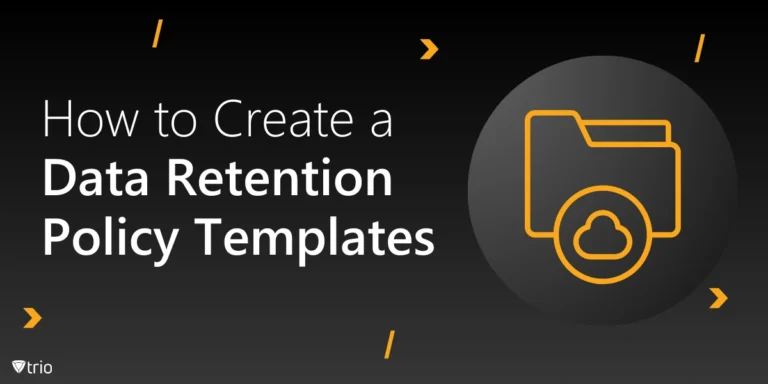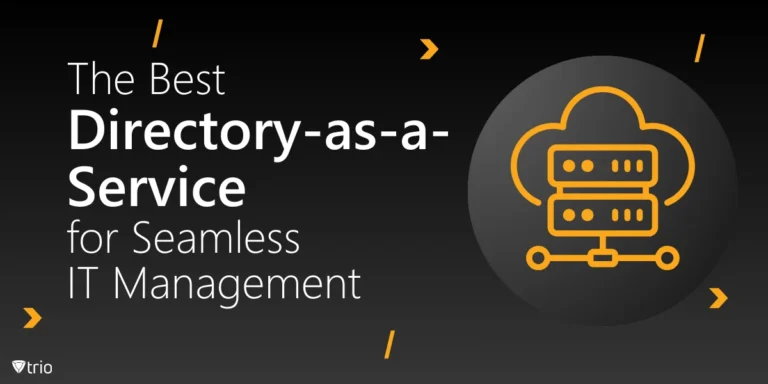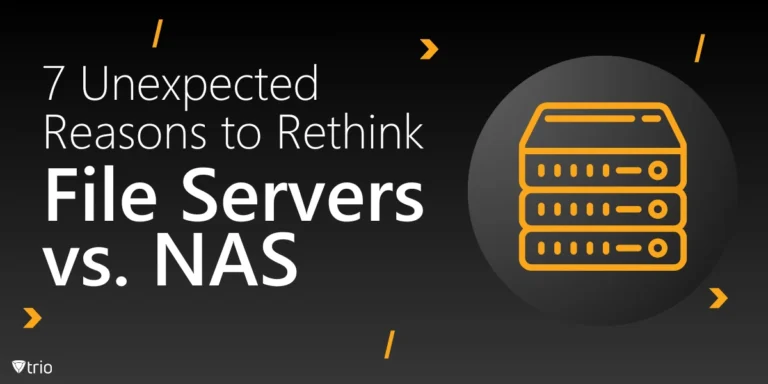Cybersecurity threats are ever-evolving, and one of the most critical vulnerabilities that IT professionals must be aware of is the remote code execution vulnerability. This blog post will delve deep into the intricacies of this security flaw, providing you with essential knowledge and practical strategies to protect your systems.
What is Remote Code Execution Vulnerability?
Remote code execution (RCE) vulnerability is a critical security flaw that allows an attacker to execute malicious code on a target system from a remote location. This type of vulnerability can have severe consequences, potentially giving attackers full control over the affected system.
RCE vulnerabilities often arise from flaws in input validation, deserialization processes, or outdated software components. They can exist in various types of applications, including web applications, network services, and even desktop software that communicates over the network.
Remote Code Execution Vulnerability Example
To better understand the concept, let’s consider a remote code execution vulnerability example:
Imagine a web application that allows users to upload profile pictures. If the application doesn’t properly validate the uploaded files, an attacker could potentially upload a malicious PHP script disguised as an image file. When the server attempts to process this “image,” it might execute the PHP code, giving the attacker unauthorized access to the server.
Another example could be a vulnerability in a network service that processes user-supplied data. If the service doesn’t properly sanitize this data, an attacker could craft a specially formatted request that includes malicious code. When the service processes this request, it inadvertently executes the attacker’s code on the server.
The Dangers of RCE Vulnerabilities
RCE vulnerabilities pose significant risks to organizations:
Data Breach: Attackers can access and exfiltrate sensitive information, including personal data, financial records, or intellectual property. This can lead to severe financial losses and legal consequences.
System Compromise: Full control over the affected system can be achieved, allowing attackers to install additional malware, modify system configurations, or use the compromised system as a launchpad for further attacks.
Lateral Movement: Attackers may use the compromised system as a stepping stone to infiltrate other parts of the network. This can lead to a widespread compromise of the entire organization’s infrastructure.
Reputation Damage: Security breaches can lead to loss of customer trust and potential legal consequences. The negative publicity associated with a major security incident can have long-lasting effects on an organization’s reputation and bottom line.
Financial Impact: Beyond the immediate costs of incident response and system recovery, organizations may face fines for non-compliance with data protection regulations, loss of business, and potential lawsuits from affected parties.
Operational Disruption: RCE attacks can lead to system downtime, affecting business operations and causing productivity losses.
How to Prevent Remote Code Execution
Prevention is key when it comes to RCE vulnerabilities. Here are some essential strategies to implement:
- Input Validation: Thoroughly validate and sanitize all user inputs to prevent malicious code injection. Implement strict input validation on both client and server sides, using whitelisting approaches where possible.
- Least Privilege Principle: Ensure that applications and users have only the minimum necessary permissions. This limits the potential damage if a vulnerability is exploited.
- Regular Updates: Keep all software, including operating systems, applications, and libraries, up to date with the latest security patches. Implement a robust patch management process to ensure timely updates.
- Web Application Firewalls (WAF): Implement a WAF to filter and monitor HTTP traffic between web applications and the Internet. Configure rules to detect and block common attack patterns.
- Code Review: Conduct regular code reviews to identify and fix potential vulnerabilities. Implement a peer review process and consider using automated code analysis tools.
- Secure Coding Practices: Train developers in secure coding techniques to minimize the introduction of vulnerabilities. This includes proper error handling, secure session management, and safe API usage.
- Network Segmentation: Implement network segmentation to isolate critical systems and limit the potential spread of an attack.
- Strong Authentication: Implement multi-factor authentication and strong password policies to prevent unauthorized access.
- API Security: If your application exposes APIs, ensure they are properly secured with authentication, rate limiting, and input validation.
- Security Headers: Implement security headers like Content Security Policy (CSP), X-Frame-Options, and X-XSS-Protection to add an extra layer of security to your web applications.

How to Fix Remote Code Execution Vulnerability
If you discover an RCE vulnerability in your system, take immediate action:
- Isolate: Temporarily isolate the affected system to prevent further exploitation. This may involve taking the system offline or restricting network access.
- Patch: Apply any available security patches or updates that address the vulnerability. If a patch is not available, consider implementing a temporary workaround or virtual patching through WAF rules.
- Code Audit: Conduct a thorough code audit to identify the root cause of the vulnerability. This may involve manual code review as well as automated static and dynamic analysis tools.
- Refactor: Rewrite the vulnerable code sections using secure coding practices. This may involve implementing proper input validation, using parameterized queries, or updating outdated libraries.
- Test: Perform comprehensive testing to ensure the vulnerability has been successfully mitigated. This should include both functional testing and security testing, potentially involving penetration testing or bug bounty programs.
- Monitor: Implement enhanced monitoring to detect any potential exploitation attempts. This may involve setting up intrusion detection systems (IDS) or security information and event management (SIEM) solutions.
- Incident Response: Review and update your incident response plan based on lessons learned from the vulnerability. Conduct a post-mortem analysis to prevent similar issues in the future.
- Communication: If the vulnerability potentially exposed sensitive data, consider notifying affected parties and relevant authorities in compliance with data protection regulations.
Remote Code Execution Vulnerability Tools
Several tools can assist in identifying and mitigating RCE vulnerabilities:
Static Application Security Testing (SAST) Tools:
- SonarQube: Open-source platform for continuous inspection of code quality.
- Checkmarx: Comprehensive source code analysis tool.
- Fortify: Identifies vulnerabilities in source code, bytecode, and binaries.
Dynamic Application Security Testing (DAST) Tools:
- OWASP ZAP: Free, open-source web app scanner.
- Burp Suite: Integrated platform for web application security testing.
- Acunetix: Automated web vulnerability scanner.
Penetration Testing Tools:
- Metasploit: Framework for developing, testing, and executing exploit code.
- Nmap: Network discovery and security auditing tool.
- Wireshark: Network protocol analyzer for in-depth packet inspection.
Vulnerability Scanners:
- Nessus: Comprehensive vulnerability scanner for various IT assets.
- OpenVAS: Open-source vulnerability scanner and manager.
- Qualys: Cloud-based IT, security, and compliance solution.
Fuzzing Tools:
- American Fuzzy Lop (AFL): Fuzzer that employs genetic algorithms to automatically discover interesting test cases.
- Peach Fuzzer: Smart fuzzer for finding unknown vulnerabilities.
Code Analysis Tools:
- Clang Static Analyzer: Open-source static analysis tool for C, C++, and Objective-C.
- PMD: Source code analyzer that finds common programming flaws.
Remember, while these remote code execution vulnerability tools are valuable, they should be used as part of a comprehensive security strategy and not relied upon exclusively. Each tool has its strengths and limitations, and a multi-layered approach to security is always recommended.
Best Practices for Ongoing Protection
To maintain a robust defense against RCE vulnerabilities:
- Implement a Security Development Lifecycle (SDL) to integrate security practices throughout the development process. This ensures that security is considered at every stage, from design to deployment and maintenance.
- Conduct regular security assessments and penetration testing. Aim for a mix of automated scanning and manual testing to identify vulnerabilities that automated tools might miss.
- Stay informed about the latest security threats and vulnerabilities in your technology stack. Subscribe to security mailing lists, follow reputable security blogs, and participate in industry forums.
- Foster a security-aware culture within your organization through regular training and awareness programs. Ensure that all employees, not just IT staff, understand basic security principles and can recognize potential threats.
- Implement a robust incident response plan to quickly address any potential breaches. Regularly test and update this plan to ensure it remains effective.
- Use the principle of defense in depth. Implement multiple layers of security controls so that if one layer fails, others are in place to prevent or detect an attack.
- Regularly audit user access rights and permissions. Remove or modify access for users who no longer require it or have changed roles within the organization.
- Implement strong logging and monitoring practices. Regularly review logs for suspicious activities and set up alerts for potential security events.
- Consider implementing a bug bounty program to encourage ethical hackers to find and report vulnerabilities in your systems.
- Develop and maintain an asset inventory. You can’t protect what you don’t know you have, so keep a comprehensive list of all hardware and software assets in your environment.
Enhancing Security with Trio Mobile Device Management
In the context of remote code execution vulnerabilities and overall cybersecurity, mobile device management (MDM) solutions like Trio plays a crucial role.
- Application Control: Trio allows organizations to whitelist or blacklist applications, preventing the installation of potentially vulnerable or malicious apps that could be exploited for remote code execution.
- Automated Updates: With Trio, you can ensure that all mobile devices in your organization are running the latest operating system versions and security patches, significantly reducing the risk of known RCE vulnerabilities.
- Remote Wipe: In case a device is compromised, Trio enables IT administrators to remotely wipe sensitive data, minimizing the potential impact of an RCE attack.
- Network Security: Trio can enforce VPN usage and secure Wi-Fi configurations, reducing the risk of network-based RCE attacks.
- Compliance Monitoring: Trio continuously monitors devices for compliance with security policies, alerting administrators to potential vulnerabilities or policy violations.
- Containerization: By separating personal and corporate data, Trio limits the potential spread of an RCE attack, protecting critical business information.
We invite you to experience the power of Trio MDM in enhancing your organization’s mobile security posture. Sign up for our free demo to see how Trio can help protect your mobile fleet against remote code execution vulnerabilities and other cybersecurity threats.
Conclusion
Remote code execution vulnerabilities represent a significant threat to IT infrastructure. By understanding the nature of these vulnerabilities, implementing strong preventive measures, and utilizing appropriate tools and practices, you can significantly reduce the risk of successful attacks.
Remember, cybersecurity is an ongoing process, and staying vigilant is key to protecting your systems and data from evolving threats. Regular training, continuous monitoring, and a commitment to security best practices are essential components of a robust cybersecurity strategy.
As the threat landscape continues to evolve, so too must our defenses. By staying informed about the latest threats, continuously improving our security posture, and leveraging advanced tools like Trio MDM, we can create resilient systems that can withstand the challenges of today’s digital world.
